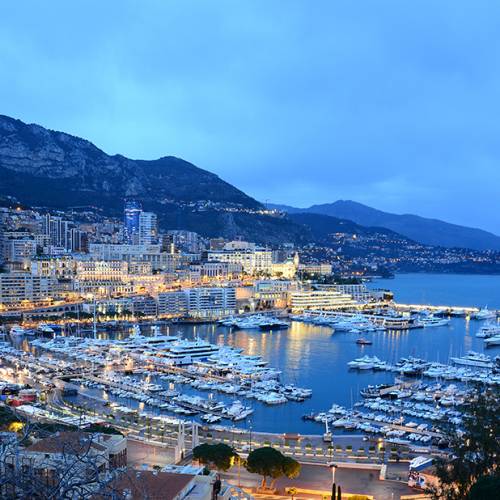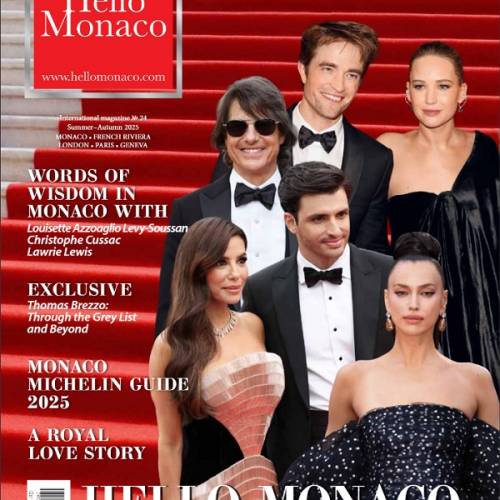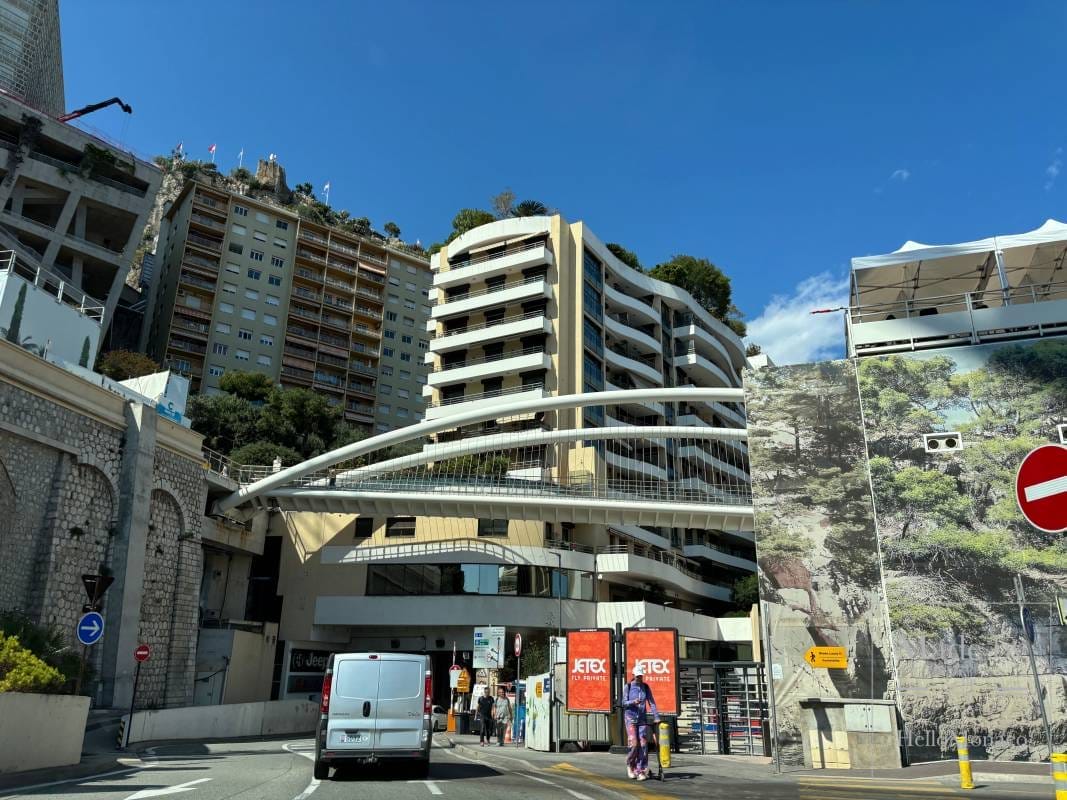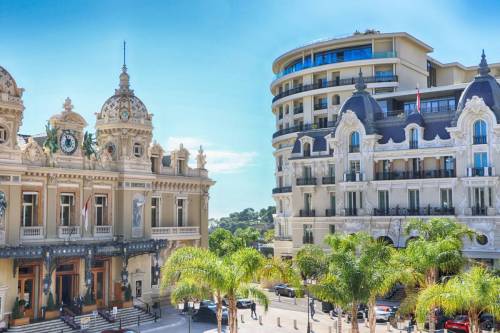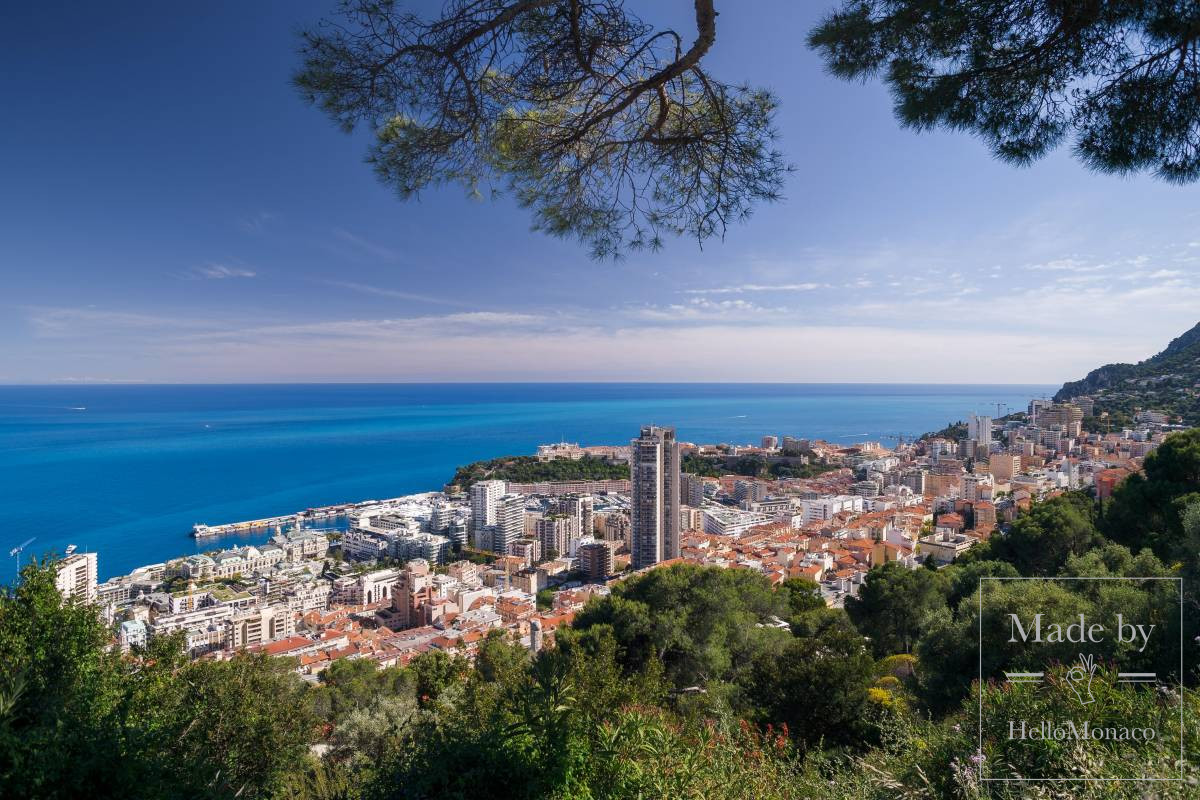Between May 13 and 15, under the cloak of darkness, Monaco’s skyline at the western entrance to the Principality once again stirred. Three massive steel segments, each weighing between 25 and 28 tons, were carefully transported overnight from Châteauroux and welded into place, forming the 35-metre-long Fontvieille footbridge.
This span is a separate structure and sits directly on the heels of its grander sibling: the 65‑metre Wurtemberg footbridge. Together, they forge a continuous pedestrian corridor linking Salines parking to the districts of Fontvieille and La Condamine.
The Vision – A 10 to 13 Minute Stroll
The twin bridges integrate seamlessly with the Salines gallery and two new public elevators, forming a looped walking route estimated at a 10–13‑minute stroll from Salines to Fontvieille.
The government’s goal is to reduce traffic congestion in Monaco’s heart by promoting « gentle » mobility. The full system, bridges, elevators, and public staircases is due to be operational by September 2025, with part of it (including the first lift stops and stair section to Place Wurtemberg) opening alongside the bridge. The remaining staircase to Avenue de Fontvieille follows by year-end.
Crafted by elite carpenters and engineers, the slender, airy steel structure reflects both functional prowess and architectural finesse, echoing the sculpted elegance of its Württemberg predecessor.
What This Means for Monaco
This new pedestrian artery gives residents and visitors a sleek alternative to car travel, alleviating inner‑city traffic. With elevators and stairs, navigating the steep topography becomes relatively effortless, encouraging more foot traffic across districts. Monaco is reinforcing its commitment to sustainable, human-focused city design, intertwining modern structures with existing heritage and services.
On the Horizon
By September 2025, walkers will be traversing two footbridges, riding public lifts, and strolling stairways, all forming a cohesive, elegant promenade through central Monaco. The final staircase tier arriving later in the year will complete this mobility masterpiece.
Monaco has engineered more than just a bridge, it has shaped a new pedestrian epicentre. Linking Salines to Fontvieille via shimmering steel spans, elevators, and staircases, the project crystallizes the government’s vision: a Principality where moving on foot is enjoyable, and environmentally conscious.
Expect to walk, pause, and admire: the Fontvieille footbridge is set to open later this year, with access unfolding by early autumn.
Stay tuned for the final pieces of this bold, people-first strategy, Monaco is stepping lightly, one bridge at a time.

